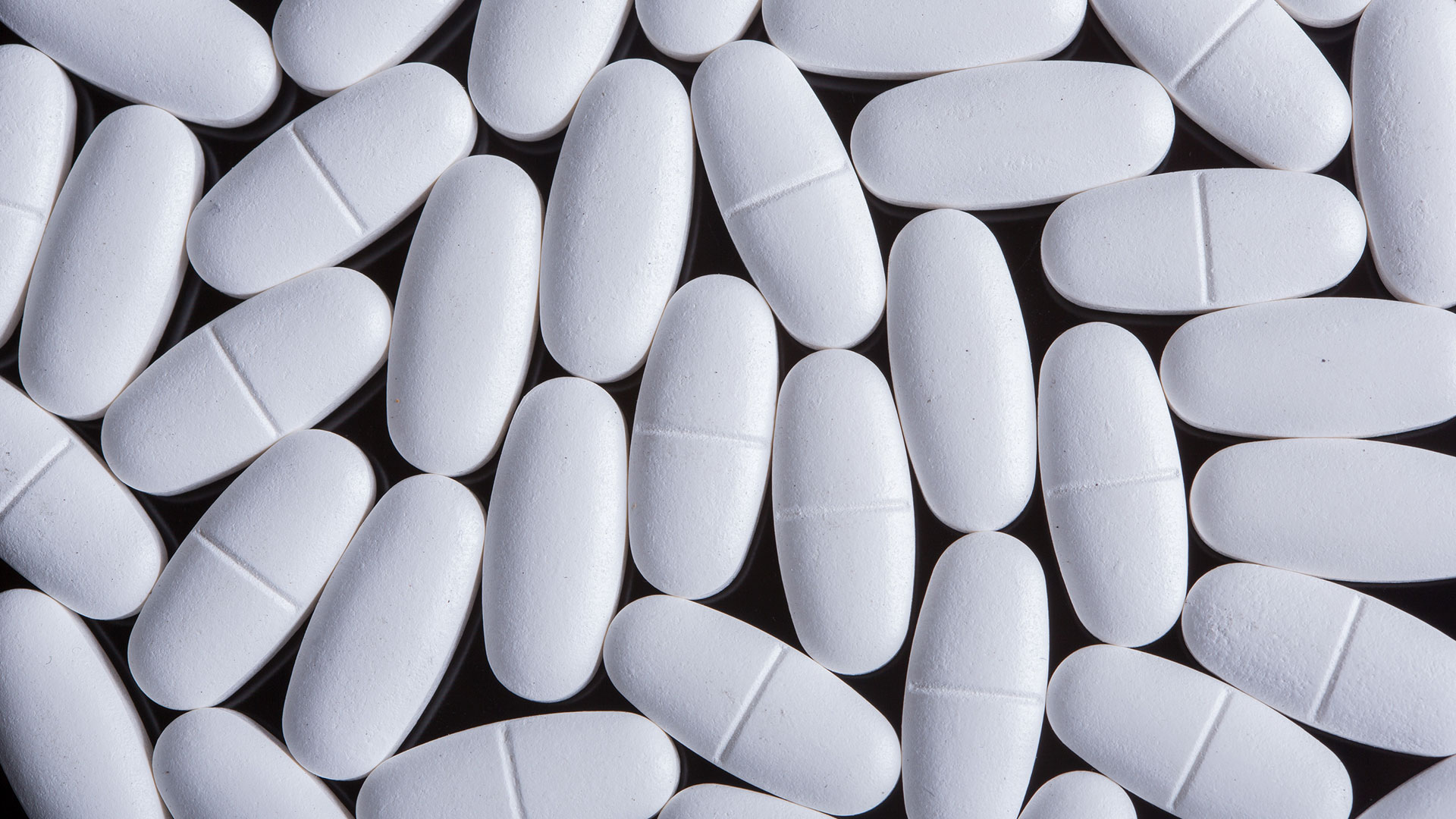06 Dec The Opioid Crisis in the United States
Table of Content
With the focus of America centered on politics and President-elect Trump, socioeconomic policy is at the forefront of discussion.
And for good reason.
However, it seems one of the US’s most deadly and fastest-growing issues has taken a backseat to “more pressing” subject matters.
An opioid epidemic is sweeping the nation, and very little is being said or done to mitigate its threat.
Although the topic was briefly mentioned as a “serious problem” during this year’s presidential debate, no tangible solution was ever deliberated between the candidates—leaving millions of Americans with very little hope that change will come.
Whether you blame the over prescription of medication, the ever-increasing number of depressed and mentally-ill Americans, drug trafficking/immigration concerns, poor public education regarding safe opioid usage, or the imbalanced socioeconomic climate—America needs a culture change regarding its current perception of opioid abuse.
And it needs to happen fast.
During a 2013 national survey conducted by The Substance Abuse and Mental Health Services Administration (SAMHSA), it was reported that nearly 25 million people in the United States endure some form of substance-abuse disorder. Of those 25 million, only about 10 percent go on to receive treatment.
So, how does the United States curtail the disturbing reality that nearly 50,000 people die each year from opioid-related abuse and/or misuse? The answer, unfortunately, is a complicated and highly debated topic.
That being said, the subject of opioid abuse warrants immediate and widespread discussion, because the wellbeing of American people depends on it.
Policymakers, stakeholders, medical executives, doctors, patients, and the general public must all work together if there is any hope of putting an end to this vicious, unrelenting plague. Despite the overwhelming numbers of fatalities and abuse in the United States, this is an issue in which can be remedied, managed—and one day—cured.
Following are 5 worthwhile talking points regarding realistic, potentially problem-solving solutions that may help to put an end to America’s opioid epidemic:
Improvement in Medical Education
It should come as no surprise that one of the most important components to ending the opioid epidemic is by improved medical education.
Alternative methods of non-opioid or drug-related treatment options need to be more prevalent in today’s medical system; doctors must be cognizant to “unconventional” methods and acquire a more well-rounded expertise.
For example, a higher focus on physical therapy, acupuncture, chiropractic therapy, diet, hydration, cryotherapy, yoga, exercise, etc., are represent non-opioid alternative treatments options for pain and injury management.
Unfortunately, these options are very rarely explored.
After all, isn’t it easier to visit a patient, evaluate the problem, and determine [write] a solution in less than 10 minutes? Well, that is what most American physicians are doing, and very little is being done to solve the problem.
In order to mitigate the issue, we must first find its root source: medical school and residency education.
The alarming fact that most medical students learn about drug management and ‘how to diagnosis’ people, rather than provide info on prevention and healthy style living is simply disturbing.
It should as no surprise that opioid education is extremely important, especially today.
From being able to detect drug-seeking behavior to understanding the ins-and-outs of how different drugs interact, from realizing that prescriptions are not the only case scenario to researching patient’s medical history including family history—America’s medical education system simply needs to better prepare its students.
Because right now, the system isn’t working, and people are dying due to the negligence and irresponsibility of the statuesque of medical education.
The learning shouldn’t end after medical school or residency, as it should never end, even after a doctor earns a board certification or license.
Continual Medical Education (CME) is a critical component to curtailing America’s opioid epidemic. The focus of CME is for doctors to remain up-to-date on medical practice (e.g., medical breakthroughs, technology, new medications, refining skills, adjusting to new legislative requirements, etc.).
Continual Medical Education within pain management is not a heavy regulated requirement or focus of many private practices or corporate hospitals. In order to gauge and pressure CME as a fundamental necessity in pain management, many demographics (legislators, executives, regulators, stakeholders, the CDC, general public, etc.), must equally share their concerns if CME is to be further implemented.
Doctors must be willing to share their concern while clearly and thoroughly communicate the dangerous (potentially life risking) side effects of opioids; in other words, there needs to be more transparency in the office where doctors no longer see patients as monetary assets, but rather, human beings with families, responsibilities and aspirations.

Public Education
The public needs to have a stronger understanding of opioids, the risks that are involved when taking them, and the benefits that they can help produce when used correctly.
An overwhelming complacency seems to exist, where much of the public stigmatizes opioids as somethings that is “dangerous only when put into the wrong hands.”
Deeply flawed and troubling, this revelation couldn’t be further from the truth. Doctors, for good reason, are much to blame concerning such faulty cultural perspectives. However, when weighing supply versus demand, it is not always the doctor to suggest opioid medical treatment. Patients are many times the ones to bring up the topic of opioids and demand doctors to prescribe.
With that being said, not all patients demand opioids to get high.
Although many do it for recreational reasons, many patients are demanding opioids because that is what society tells them to do—because when “everyone else is doing it, why shouldn’t I?”
It has become an impulse for patients to automatically assume that opioids are the one and only solution that will alleviate their symptoms, and allow them to carry on with life.
It’s a flawed, but more importantly, it’s a dangerous social normality.
Patients, many with innocent intentions, are given access to opioids without much understanding of the risks involve, experience the potent, feel-goods effects—and lo and behold—become addicted.
In order to curve this dangerously popular, ever-increasing public mindset, several things need to occur.
For one, patients must understand that there are alternative to pain management; non-pharmacological treatment for pain management come by the dozens, and patients must take it upon themselves to investigate their options with the consultation of more than one doctor.
Support groups, rehab, detox and sober living organizations, and governmental agencies must all help vehicle awareness of opioids and clearly communicate the reality that “everyone is at risk” in terms of addiction.
Patient Satisfaction Survey and Public Persuasion
One of the biggest reasons why America’s opioid epidemic has reach cataclysmic numbers is because insurance barriers for alternative health care, and patient satisfaction surveys.
What is a patient satisfaction survey?
A patient satisfaction survey is pretty much self-explanatory. It is used for managerial purposes in that it helps health care companies and personnel provide feedback to physicians for quality assurance.
The more doctors understand their patient’s discrepancies regarding treatment, the more management can direct their staff towards eliminating these problems, and invest more heavily in the standards that work.
Although patient satisfaction surveys serve a valuable and necessary purpose, they also persuade medical executive management to appease to the demands of disgruntled patients. Ironically enough, one of the most common discrepancies found to be is that doctors were too stringent on supplying patients with opioids.
Because online review sites are so popular nowadays, and patients have such easy access to having their voices heard publically, doctors feel obligated to amend their previous standards and policies of practice in order to retain customer approval and positive perception. This results in patients to have easier access to opioids, while doctors receive better approval ratings, and revenue due to filled prescriptions.
Furthermore, the better the public perception of a doctor’s practices are, the more likely they are to keep their jobs and remain eligible for promotion or payment increases.
Never before have patients’ opinion make such an impact in the medical industry.
Doctors also see patients at an alarmingly high rate within a 24-hour window. It is not uncommon for doctors to see a different patient every 20 minutes. This means doctors have to find faster solutions and treatment options in order to keep up with the demand of patient consultation. Ultimately, this results in more prescriptions to be written as opioids are often the fastest and most effective remedy for mitigating pain.
Additionally, many report that patients’ issues with their insurance providers as a cornerstone reason why today’s opioid epidemic exists. Frequently, many providers only allow one prescription to be filled a month, which means many doctors feel obligated to write scripts for patients with larger quantities of medication.
The problem here is, first, doctors have less control into monitoring their patients drug intake, and second, when doctors are able to write additional [smaller] prescriptions in one month, they are able to accurately schedule and outline a plan for their patient, while give them no more than they need.
Insurance companies also rarely provide only limited [if any] financial assistance when it comes to alternatives methods of treatment, such as acupuncture and physical therapy; because physical therapy requires several visitations within a consistent timeframe, many patients can’t afford the co-payments needed to receive adequate treatment.
Failure to Harness Contemporary Technology in Medicine
Today’s world seems unbounded by technological breakthroughs. Each day it seems something incredible happens, whether it’s a new form of augmented reality, a self-driving vehicle or optimized goal-line technology in the NFL—technology continues to expand, dazzle and improve.
However, for a number of reasons, and known that make too much sense, technology in the medical industry is outdated and ineffective. Sure, incredible breakthroughs have been made in cancer research and the eradication other deadly diseases, but when it comes to improving opioid addiction, few innovations have been implemented to restrain such issues.
Prescription Drug Monitoring Programs (PDMP) and Electronic Health Records (EHR), are two of the most important technological assets in today’s supervising of patient- drug information, however, its capabilities are grossly outdated.
With limited ability for doctors to access medical information on prescription history, an unfriendly interface, coupled with insufficient data and poor software integration—PDMP and EHR systems require comprehensive updates and added investments in public and private funding.
The Inaccurate Stigma Attached with Opioid Abuse
Many Americans stigmatize opioid use a “criminal problem;” an issue that does not affect people with good paying jobs, loving families, intelligence, dreams, goals, etc.
Opioid addiction is seen as a choice—when in fact—it’s a debilitating, dangerous, life-deteriorating illness.
However, the stigma of opioid abuse transcends many demographics other than the general public, it exists in the medical industry as well. Unfortunately, the consequence of such industry perceptions blockades people who are suffering to receive adequate help. Substance abuse treatment facilities come with high deductibles, forcing many to endure their addictions by themselves.
If opioid addiction is to be seen less as a degenerate complication, and more as a chronic disease—millions of lives can be saved.
If and when opioid addiction finally garners the respect it so desperately deserves, treatment options will improve, health care would be made more affordable, drug abusers may finally feel safe to ask for help, and more will be invested into the science, research and technology of monitoring and curing opioid addiction.
However, overcoming that hurdle has proven to be a steep obstacle.
Where it begins is through an improved perception of public, media and medical demographics. Vilifying drug abusers has only elongated the problem, manipulating it into something that it is not: A choice.
Even something as simple as the words we choose to use when explaining addiction and how we identify opioid abusers, is huge.
Our words carry significant value and depth.
When one hears someone call an opioid drug addict a “social delinquent” or “loser”—other will have no problem carrying the message.
We must work together to be conscious of the words we choose to use, whether they be spoken to ourselves or to others. Once we harness the power of language and realize the monumental influence they transpire, the better chance we have at eliminating this epidemic from plaguing the United States.
Sources:
Felter, Claire. “The U.S. Opioid Epidemic.” Council on Foreign Relations. 17 Jan. 2019. https://www.cfr.org/backgrounder/us-opioid-epidemic
Reevell, Philip. “US Opioid Epidemic: ‘This Is Bigger Than This Town’” BBC. 8 Nov. 2018. 14 Mar. 2019. https://www.bbc.com/news/world-us-canada-46036629
L, Martin. “Addressing the Opioid Crisis in the United States.” Institute for Healthcare Improvement. April 2016. 14 Mar. 2019. http://www.ihi.org/resources/Pages/Publications/Addressing-Opioid-Crisis-US.aspx







No Comments